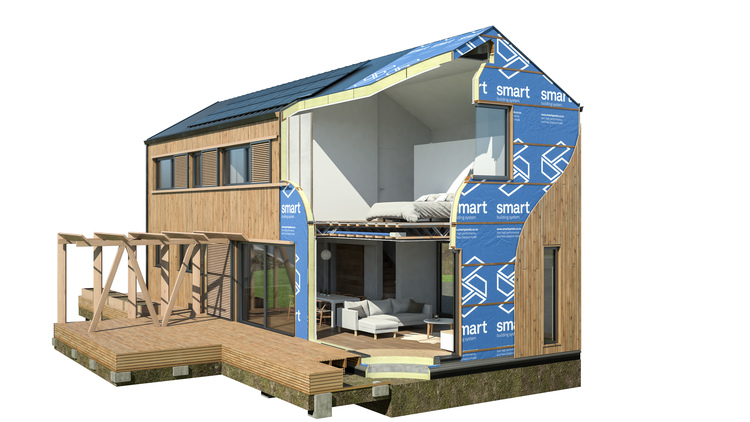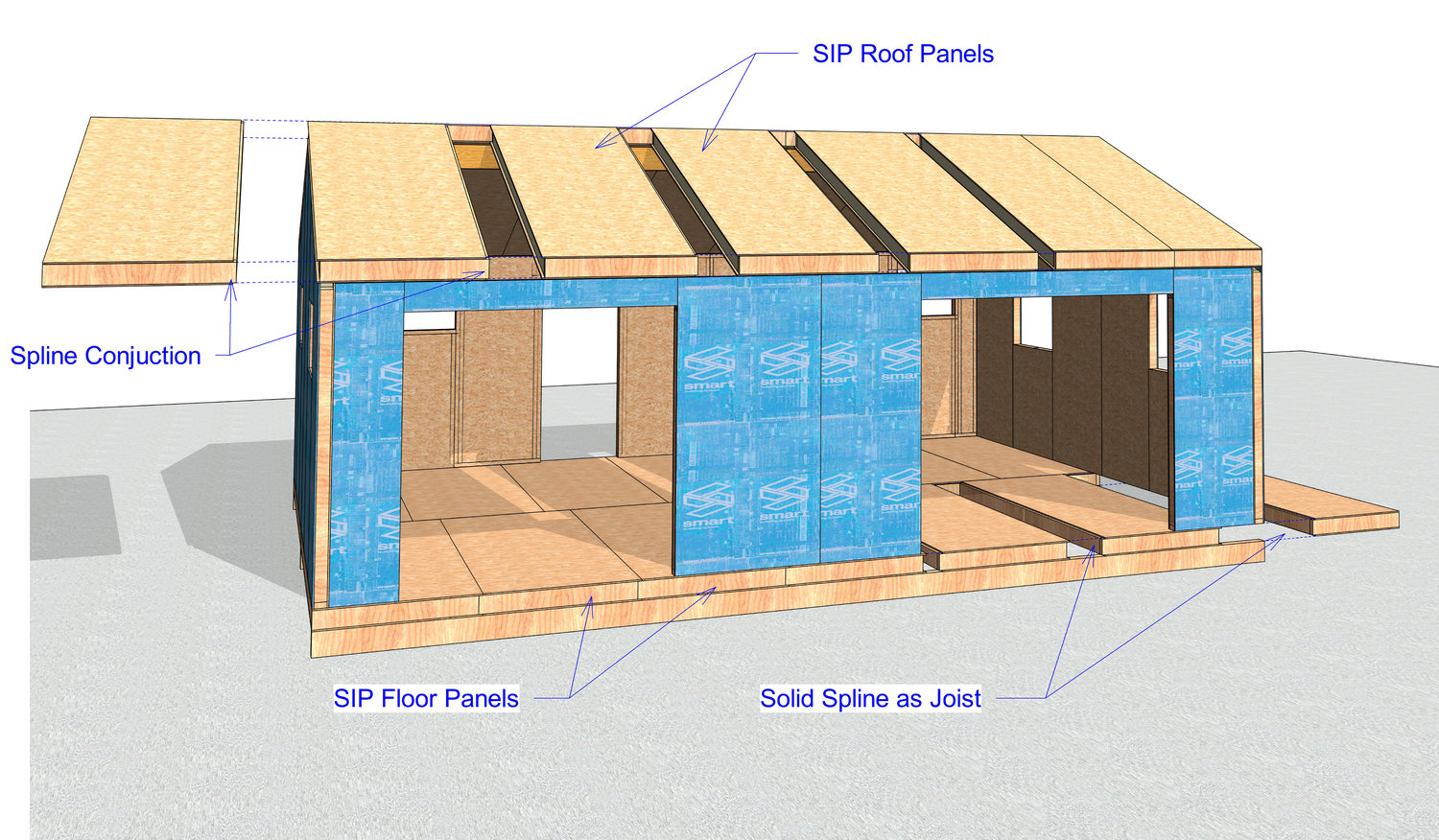Podcast: Play in new window | Download | Embed
Phil Nevell has a background in commerce and management. He came across NZSIP as a solution to providing warm and dry social housing. If structural insulated panels (SIPs) can be used in this way, why aren’t more people using them?

Barriers to SIPS
Phil suggests that engineers and specifiers might be a significant barrier to the uptake of SIP construction.
“You’ve got to make it easy for us”, was the feedback Phil received from one architect. This is sound advice for any product, material or building system. Even if a product completely makes sense to the supplier, architects need to have confidence in it. They need to know that if they specify the product it’ll pass through council without any trouble.
[Tweet Said the specifier to the supplier, “You’ve got to make it easy for us”]

New Skills for Builders
“SIP construction is where frame and truss was eight to ten years ago”, says Phil. It took a while for builders to be confident that pre-nail frames and trusses would turn up to site and be the right size. Right now there is similar skepticism about structural insulated panels.
Trust is built over time. Phil says that builders need to try SIP construction and gain confidence that the pieces will turn up and fit together. Conversely, the SIP industry needs to provide consistent quality to make sure that trust is warranted.

Standardised Smart Series
NZSIP recently launched Smart Series packages as their most affordable option. Smart Series leverages the manufacturing benefits of standardised sizing to offer high quality homes at the lowest cost.
Standardisation doesn’t mean boring. You can still give a standard Smart Series house, your own flare. But standardisation is something we could benefit from to help reduce the cost of building, so it’s definitely worth considering. What other design and build process offers a fixed price, up front?
Bespoke is a Premium
Of course you can still let your imagination run wild and use SIPs to create something completely unique. Phil likens a SIP panel to a lego block. From a finite set of connecting pieces, an infinite number of designs can be created. If you want something truely unique, you might just need to pay for more design and engineering time.
By recognising that there’s a premium to be paid for customisation, NZSIP are encouraging their clients to consider their Smart Series first. If you do still want to create something completely unique, you can still save by using standard sized panels.
Check out the SIPS Technical Resources pages for standard sheet sizes, span tables and more.
What Exactly are SIPs?
Some SIPs are made as a sandwich. The insulation layer (often polystyrene) is glued between two sheets of oriented strand board (OSB) or similar, to form a cassette. Metrapanel is another example that I’ve covered here before.
NZSIP Smart Panels have a few differences. Firstly, they can embed structural members within the board. This is done with a laminated veneer lumber (LVL) beam or stud placed within the module.

Another key difference is that NZSIP use rigid polyurethane (PUR) foam as their insulating material. PUR is an excellent insulator. It also has good strength and is flame resistant. Globe Panels has some good background here on the differences between PUR and PIR, and their advantages.
Would you Build with SIPs?
SIP construction is gaining in popularity around the world. The advantages of a quick construction time and the potential for a high performance building are great reasons to consider SIPs. We just need to convince more of our architects and builders that this is a safe and legitimate, albeit different, way of building.

Leave a Reply